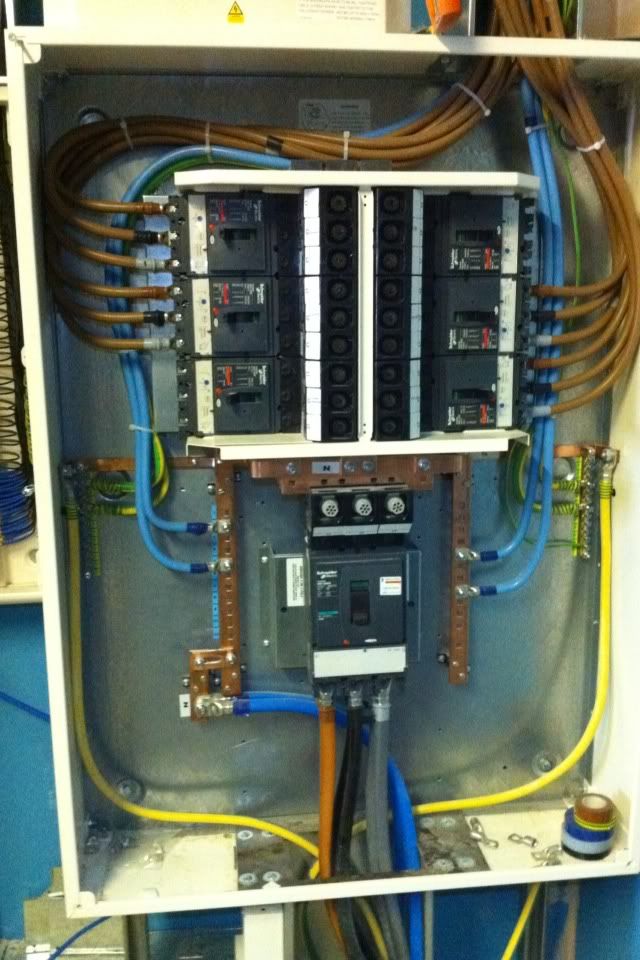As far as I'm aware the neutral always has to be as large as the phase conductor when a neutral is required.
I have seen reduced CSA neutrals to TP&N boards, but this was on installations from 60 or 70 years ago, and is only possible if the circuit is fed in singles in containment!
I have seen reduced CSA neutrals to TP&N boards, but this was on installations from 60 or 70 years ago, and is only possible if the circuit is fed in singles in containment!


